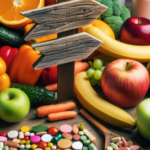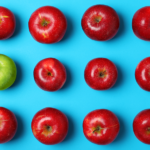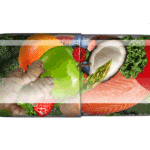
How Technology and Digital Living Trends are Shaping The Future Consumer
How Technology and Digital Living Trends are Shaping The Future Consumer A presentation at Vitafoods Europe This presentation, given by Elizabeth Thundow, Vice President, delves into the transformative influence of technology and digital living trends on the future consumer landscape. Beyond conventional age-based demographics, Kline has identified three consumer archetypes, individuals characterized by








